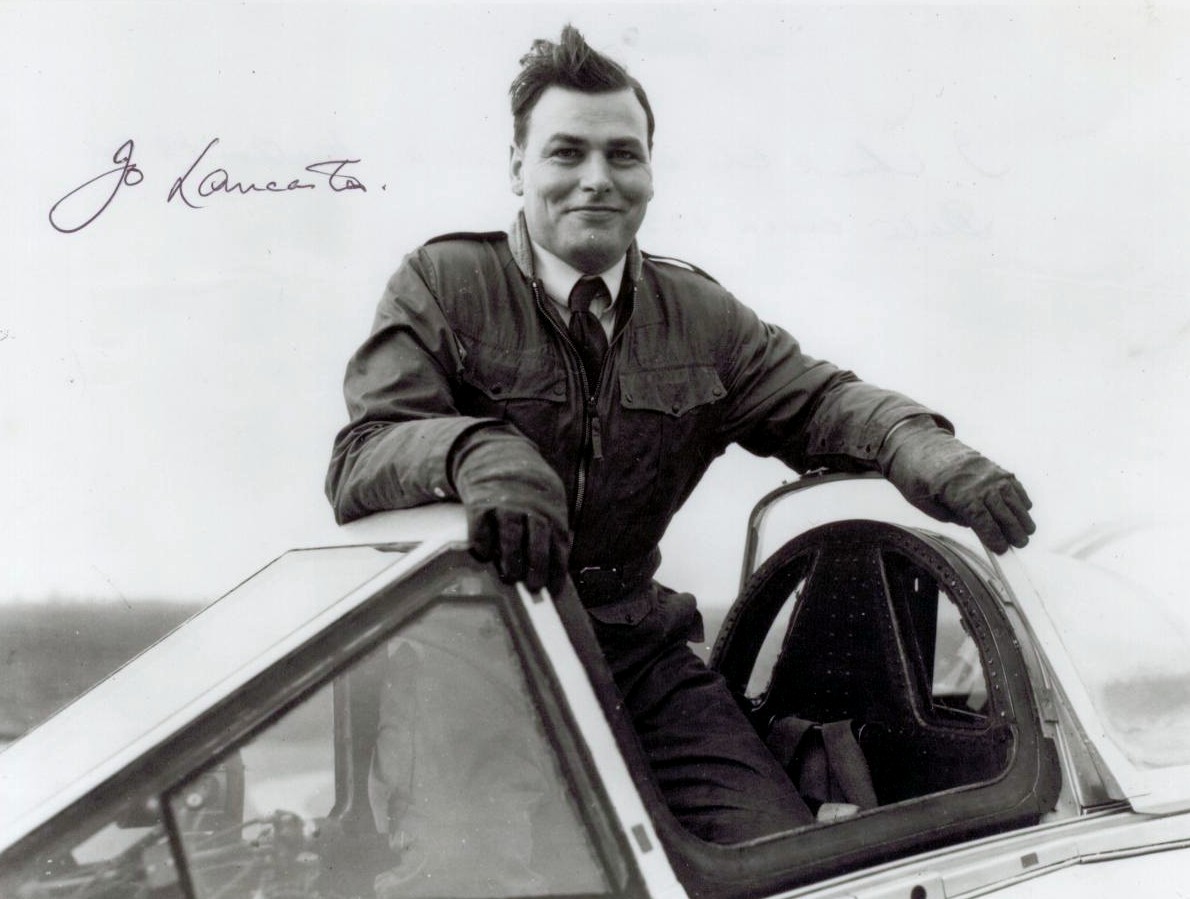
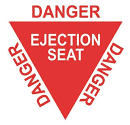
In the very first use of the Martin-Baker Mk1 ejection seat in an actual emergency, Lancaster fired the seat and was safely thrown clear of the aircraft. He parachuted to safety and was uninjured. The aircraft was destroyed.
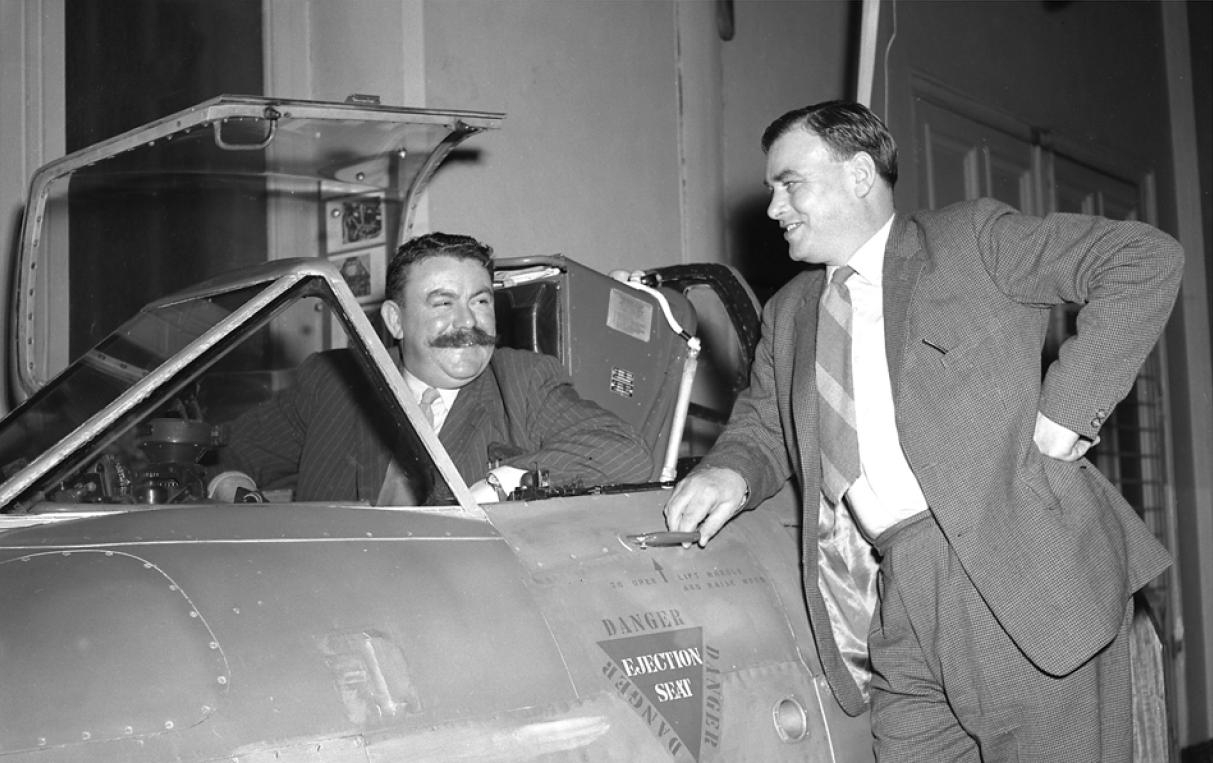
The Martin-Baker MK1 was developed by Bernard Ignatius (“Benny”) Lynch, B.E.M., a ground fitter for Martin-Baker Aircraft Co., Ltd., who tested it himself, ejecting from a test aircraft at 420 miles per hour (676 kilometers per hour) and 12,000 feet (3,658 meters). He eventually made more than 30 ejections. Lynch was awarded the British Empire Medal in the King’s 1948 New Year Honours.
The seat was launched with a two cartridge ejection gun, with an initial velocity of 60 feet per second (18.3 meters per second). After rising 24 feet (7.3 meters), a static line fired a drogue gun, deploying a 24-inch (0.61 meter) drogue parachute to stabilize the seat. The static line also actuated the seat’s oxygen supply. The pilot manually released himself from the seat, and opened his parachute by pulling the rip cord.
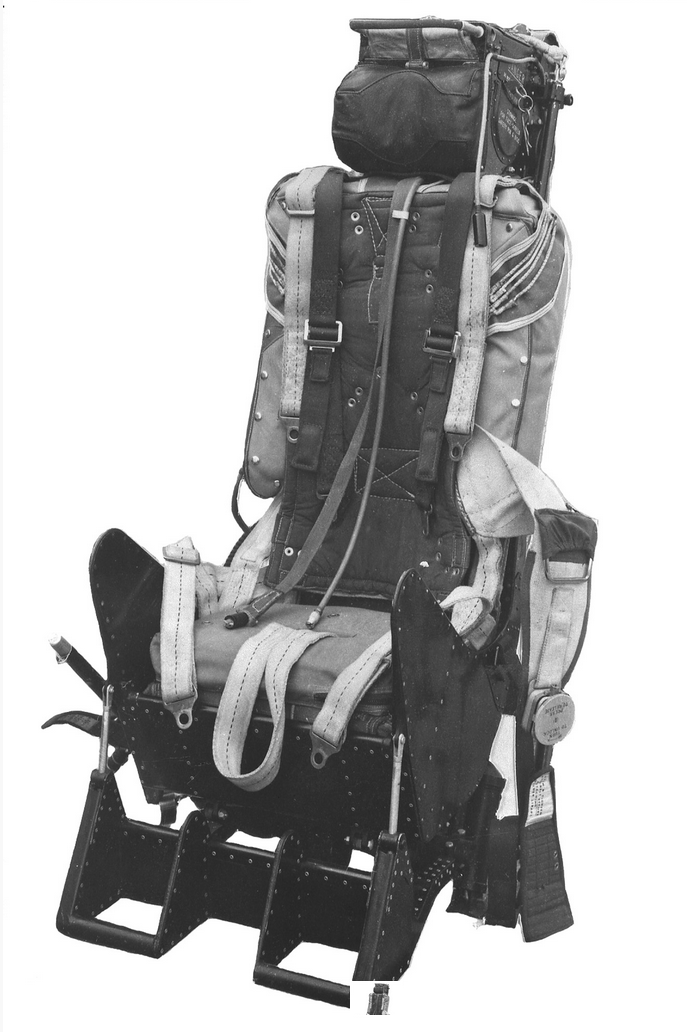
As of 31 May 2023, 7,695 airmen worldwide have been saved by Martin-Baker ejection seats. 69 of these were with the Mk1.
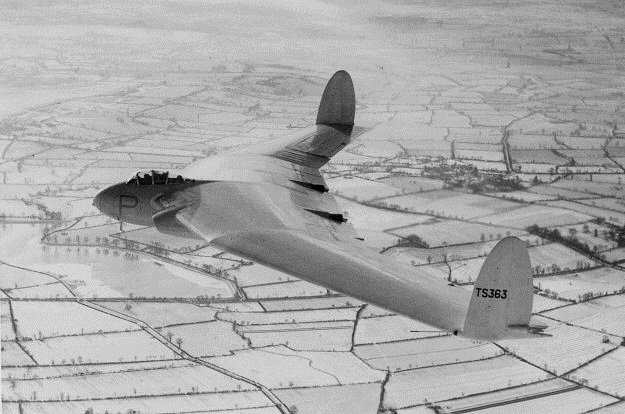

The wings were swept in two sections. From the fuselage to just outboard of the engines, the leading edges were swept to 17° 34′. From that point, called “the knuckle” in contemporary descriptions, the sweep increased to 34° 6′ to the wing tips. (A line from the ¼-chord points at the wing root and tip gave a sweep of 24¾°.) The inner wing had no dihedral, and the outer wing had 1° dihdreal. The wing incorporated a -5° twist between the root and tip. The total wing area was 1,314 square feet (122.1 square meters). Vertical fins and rudders are attached at the wing tips.
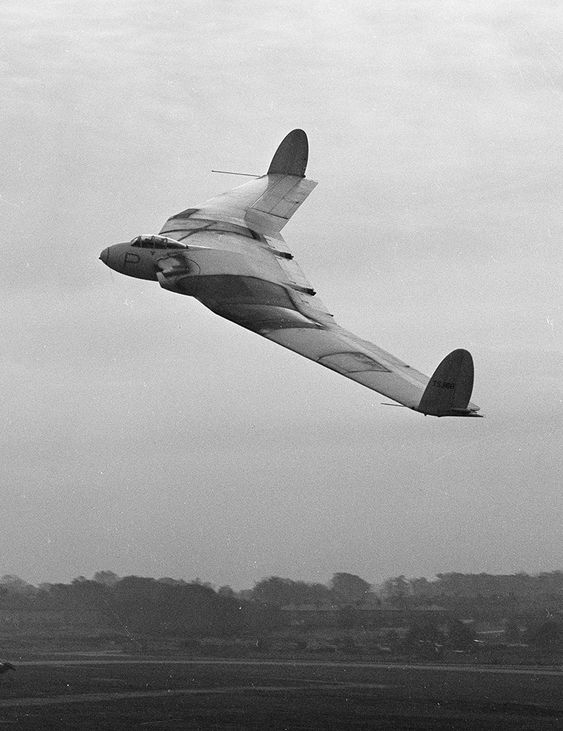
The airplane incorporated boundary layer control to delay the wing stalling in the area of the ailerons. It also used engine heat for deicing,
The A.W.52 had a empty weight of 19,662 pounds (9,055 kilograms) total weight of 32,700 pounds (14,832 kilograms).
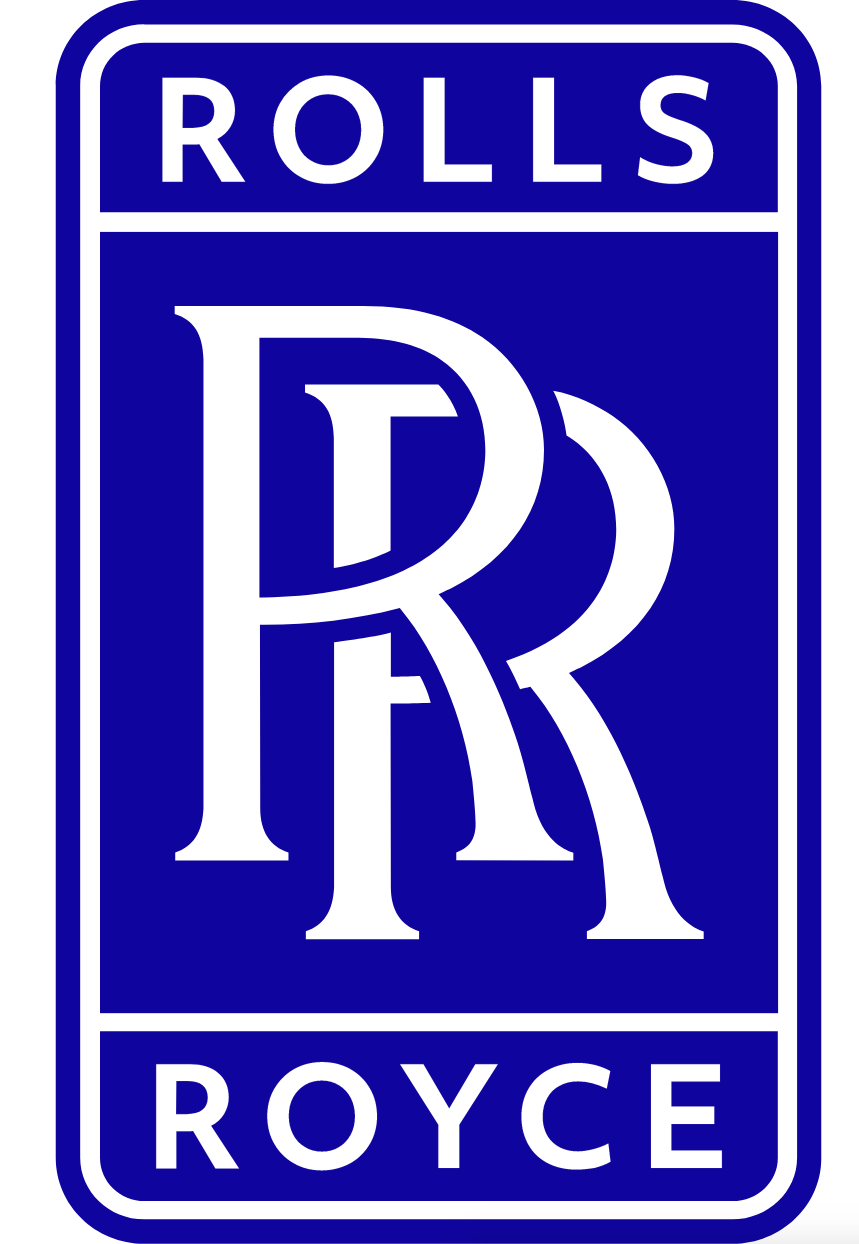
The A.W.52 had a maximum speed at Sea Level of 500 miles per hour (805 kilometers per hour) and 480 miles per hour (772 meters) at 36,000 feet (10,973 meters). Its maximum range was 1,500 miles (2,414 kilometers), flying 330 miles per hour (531 kilometers per hour) at 36,000 feet (10,973 meters).
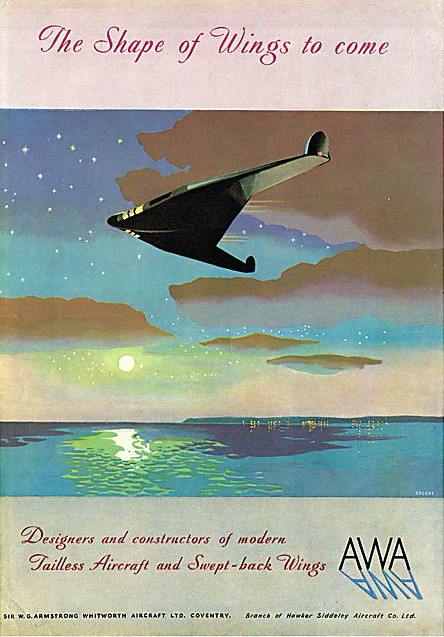
© 2018, Bryan R. Swopes